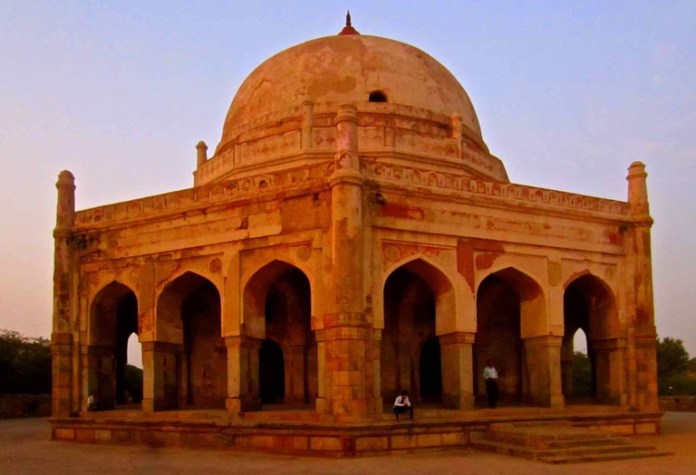Situated between the Qutab Minar and the Mehrauli Bus Terminal, atop a hilly mound lies an octagonal monument known as Adham Khan’s Tomb. While the tomb may not be known to many in the city, it draws visitors by its mere presence as an amicable and serene island in contrast to the commotion of its busy surroundings. Take a walk up to the tomb, and you will find yourself amid the quiet charms of Indian life.
This monument, circa 1562, is known to visitors as Bhool Bhullaiya, or a place where one may get lost. This is because its thick walls enclose a maze of passageways!
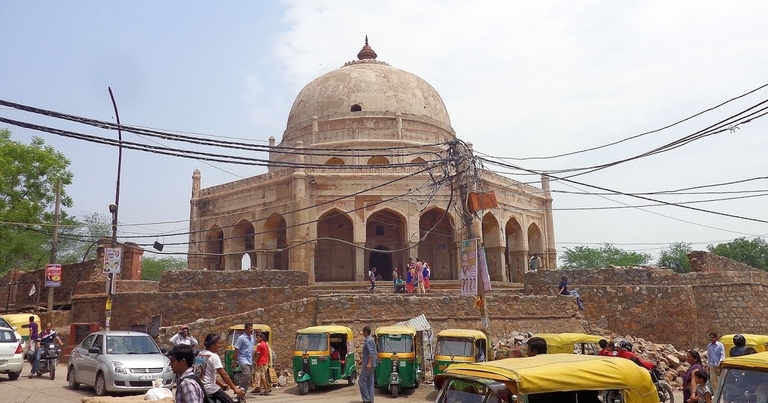
The History Behind It
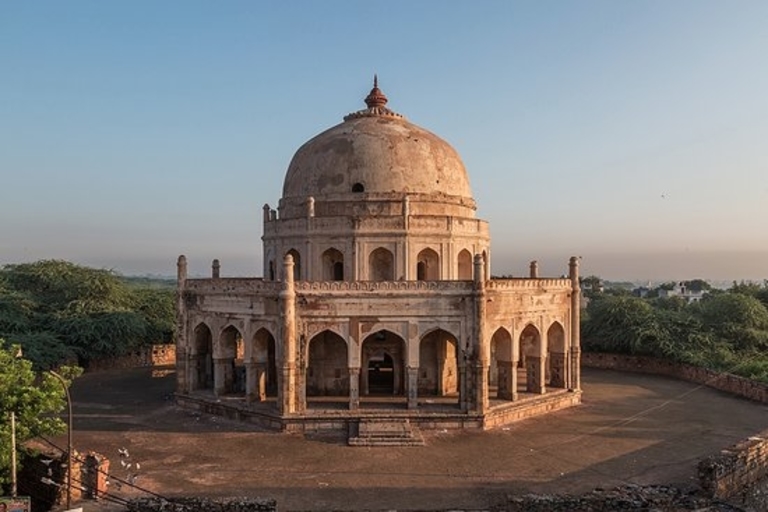
Adham Khan, son of Akbar’s wet nurse Maham Anga, was also a nobleman in Akbar’s army and his foster brother. However, Adham Khan murdered Akbar’s favourite general Ataga Khan in May 1561. This led to Akbar immediately ordering his execution by defenestration (the act of throwing someone or something out of the window) from the ramparts of the Agra Fort. Adham Kahn was thrown down twice by the orders of the emperor and he died. It is said that his mother was also buried here who died out of grief after the fortieth day of mourning.
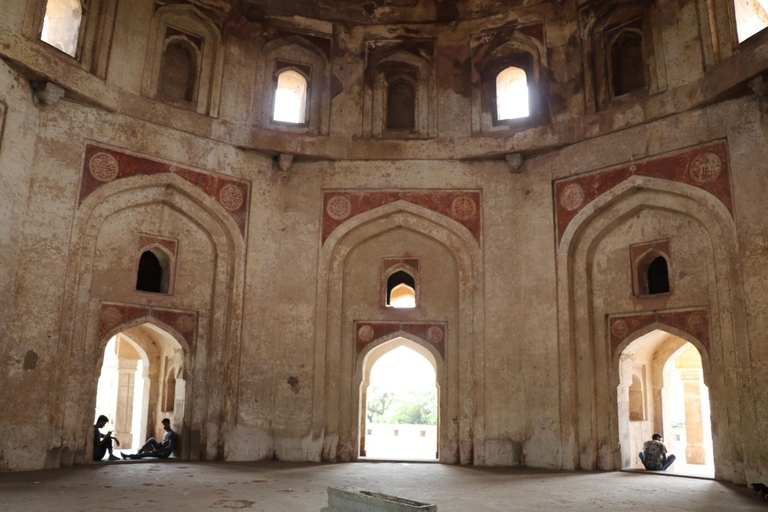
In the 1830s, a British officer named Blake of Bengal Civil Service converted this tomb into his residential apartment. He also removed the graves to make way for his dining hall. The British continued to use it as a rest house for many years, even after the death of the officer. At one point it was even used as a police station and a post office. Lord Curzon later gave the orders to vacate and restore the tomb. The grave of Adham Khan has since been restored to the site and lies right below the central dome. However, his mother’s never was.
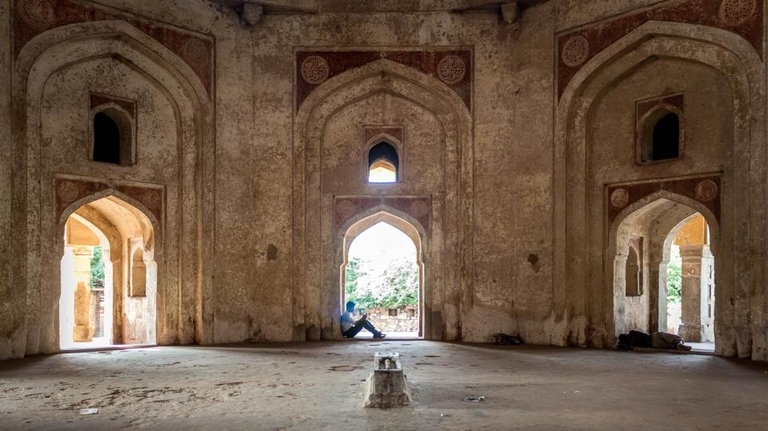
The Architecture
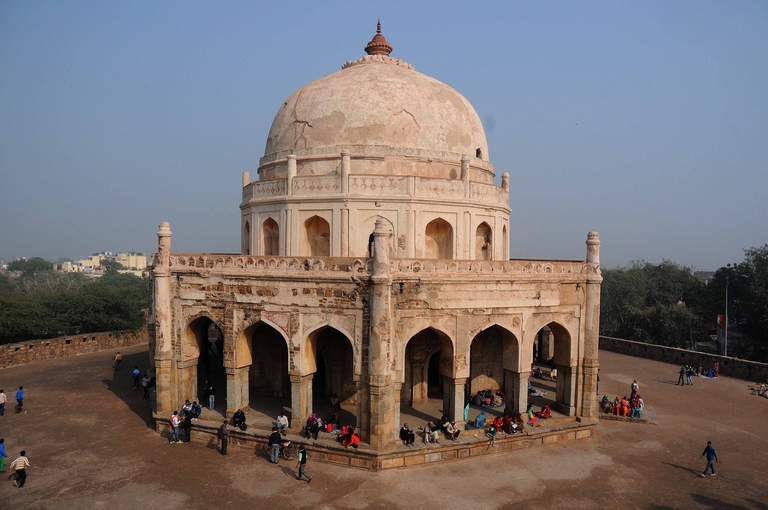
Lying on the walls of Lal Kot, rising from a terrace enclosed by an octagonal wall provided with low towers at the corners. Made of grey sandstone and rubble masonry, it consists of a domed octagonal chamber. This is a major contrast from the Mughal architectural style and is instead in line with the earlier Lodi and Sur dynasties. Both these dynasties were considered traitors by the Mughals which is probably what they thought of Adham Khan too, hence this architectural style. The monument has a verandah on each side pierced by three openings. You must keep your eyes open and tread carefully for visitors often lose their way between the several passages in the thickness of the walls.
How You Can Visit
The tomb a protected designated monument by the Archaeological Survey of India is free for all to visit between 8:30 to 5:30 all days of the week.
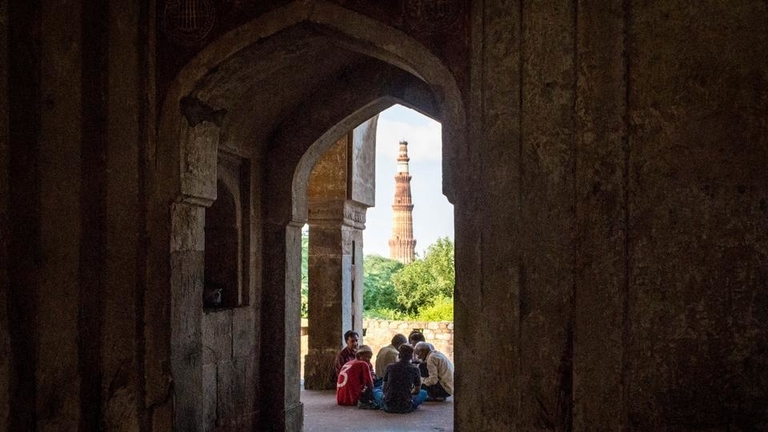
At Adham Khan’s tomb, you’ll experience the true essence of the city with people walking about its hallways and children playing in the courtyard. On a good day, you might also spot groups engaged in card games and even young couples tucked away in the corridors!
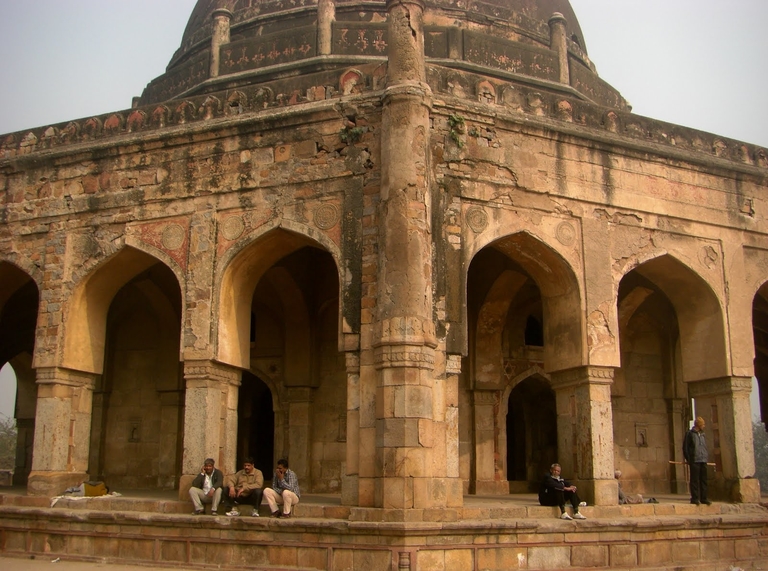
Featured Image Source: Mouthshut.com

